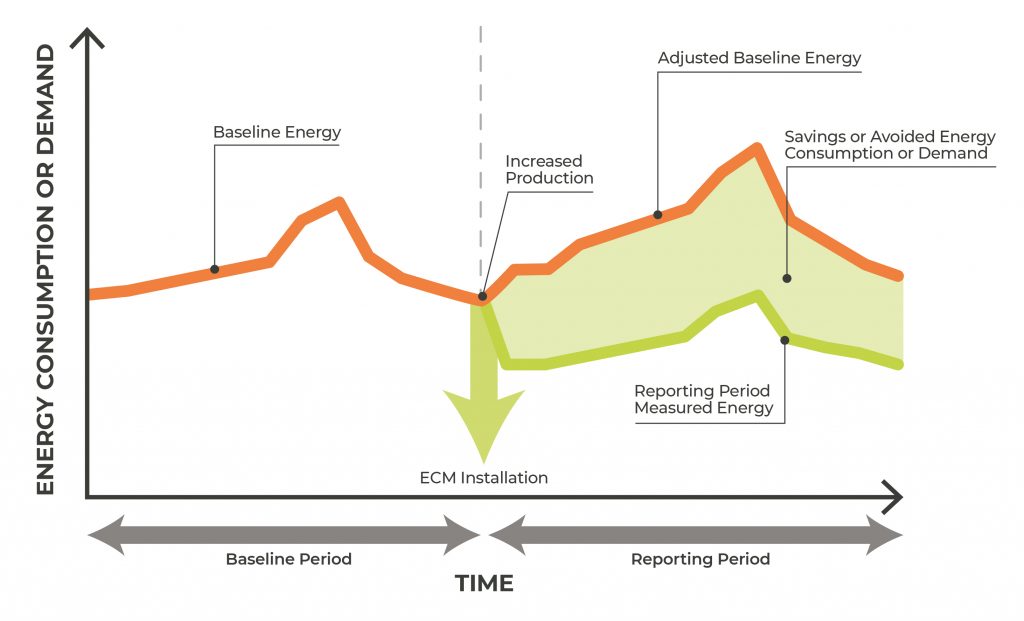Energising Carbon Certificates.
As one of Australia’s largest energy certificate creators and traders, Ecovantage’s Certificate Services department makes your journey easy.
We assist you from the first step in establishing project viability, through project registration, certificate creation and trade. We assist your organisation in establishing the financial, carbon, or renewable energy value of your certificate options and how they may contribute toward your internal requirements.
Speak with our Specialists to get started today.
What are Australian Energy Efficiency Certificates?
Australian certificates are divided into three classes: Carbon Credits, Renewable Energy Certificates and White Certificates.
Each certificate is a tradeable unit, similar to a stock, which is designed to promote increased uptake of renewable energy generation, the implementation of energy efficiency projects, and the accessibility of carbon reduction projects.
Certificates are issued under both Federal and State-Based Programs, dependent on the nature of a project and its location. The primary state-based programs in Australia are in New South Wales, Victoria, and South Australia, with federal certificates covering every state and territory.
Don’t want to watch? Read the transcript here.
What Can Organisations do with Certificates?
What organisations do with their certificates ranges from harnessing the financial incentive to reduce the capex of a project or create an additional revenue stream, to surrendering them to reduce their carbon footprint.
Certificates are traded on an open market, much like a stock market, where liable entities such as energy retailers purchase them to meet their annual requirements. When sold, the income is generally used to offset some or all of the project implementation costs.
Different certificates can be used in different ways, and only Accredited Certificate Providers (ACP), such as Ecovantage, can create many types of certificates.
Don’t want to watch? Read the transcript here.
Ecovantage’s Role.
Ecovantage works alongside Engineers, Procurement and Construction (EPCs), Installers and Organisations implementing energy efficiency, renewable energy generation or carbon reduction projects from viability through to creation. Ecovantage ensures that all compliance requirements and approvals are gained through each stage of a project. We work with our clients to utilise the certificates by either surrendering or monetising them in alignment with their environmental or financial requirements.
Download the Certificate Services Brochure.
Australian Certificate Attributes and Recognition
| Certificate | Classification | Representative Of | Attribute Recognised by External Programs? | Purpose |
| ACCU | Carbon Credit | 1 Tonne of CO2-e | Carbon | Recognise and Measure Carbon Abatement |
| LGC | Renewable Energy Certificate | 1 MWh of Renewable Generation | Renewable Energy | Recognise and Measure Renewable Generation |
| STC | White Certificate | 1 Calculated MWh of Renewable Generation | None | Create a Financial Incentive for Small-Scale Renewable Generation |
| VEEC | White Certificate | 1 Calculated Tonne of CO2-e | None | Create a Financial Incentive for Energy Efficiency Upgrades |
| ESC | White Certificate | 1 Nominal MWh | None | Create a Financial Incentive for Energy Efficiency Upgrades |
| PRC | White Certificate | 0.1kW of Peak Demand Reduced | None | Create a Financial Incentive for Peak Demand Reduction |
| REPS | White Certificate | 1 Calculated GJ | None | Create a Financial Incentive for Energy Efficiency Upgrades |
White certificates = STCs, ESCs, VEECs & REPs
| Program | ACCUs | LGCs | White Certificates |
| RE100 | |||
| Climate Active | |||
|
|
|||
| GreenPower | |||
| NABERS | |||
| Green Building Council of Australia | |||
| Greenhouse Gas Protocol |
Certificate Services Department.
At Ecovantage, we consistently analyse market activity, creation metrics, policy changes, and consultation releases in conjunction with wider landscape activity.
This allows us to keep our clients at the forefront of all relevant changes, and to leverage the advantage that this presents. Please reach out if you have any project-specific questions.
Comprehensive Certificate Services.
Measurement & Verification
Our Measurement and Verification (M&V) team works though the process of is the process of planning, measuring, collecting and analysis to report on real energy savings, and where applicable, generate the relevant energy certificates.
Aggregated Services
Certificate generation and trading on behalf of installers and energy service providers around Australia, where Ecovantage is not providing direct product or project support.
Certificate Trading
Energy certificate purchasing and trading on behalf of organisations looking for offsets to meet climate targets.
Market Analysis
In-depth analysis of certificate markets, including regulatory and market forces, price changes and forecasting.
Federal & State Energy Certificates.
Australian Carbon Credit Units
Australian Carbon Credit Units (ACCUs) are an Australian based carbon credit that can be created as a result of activities that avoid or remove greenhouse gas emissions.
Each ACCU is representative of one tonne of carbon dioxide having been removed, or avoided, by the eligible activity.
More about ACCUs




Large-Scale Generation Certificates
Large-Scale Generation Certificates (LGCs) are created to quantify renewable energy that has been generated through solar, wind, hydro, and biomass projects. This is done under the Renewable Energy Target, known as the RET. Each LGC represents one megawatt hour of renewable energy, and one LGC may be created for each MWh of actual energy generated by the project. These LGCs act like a stock that can be traded to gain a financial benefit, or surrendered to claim the renewable energy benefit.





Small-Scale Technology Certificates
Small-scale Technology Certificates (STCs) are a tradeable certificate in Australia’s renewable energy market. They are part of the federal government’s Renewable Energy Target (RET) scheme, which aims to promote the uptake of renewable energy sources.
1 STC = 1 MWh of calculated electricity either generated by a renewable energy source or displaced by the installed system.
The quantity of STCs is calculated based on the location of the system, the electricity generated or displaced, and the years left in the scheme until it ends in 2030.
More about STCs




Energy Savings Certificates
Energy Savings Certificates (ESCs) are a tradable certificate issued for electricity, gas, and other energy savings that result from a technology upgrade or modification.
ESCs are created under the New South Wales Government’s Energy Savings Scheme (ESS) and are available only to projects within the state. ESCs are used as a market-based mechanism to increase the implementation of energy efficiency measures, and are able to be created for projects within large industrial sites down, all the way down to residential properties.




Peak Reduction Certificates
Peak Reduction Certificates (PRCs) are tradable certificates under the NSW Government’s Peak Demand Reduction Scheme (PDRS).
1 PRC represents 0.1 kilowatts of peak demand reduction capacity averaged over one hour during the peak summer period.
This aims to encourage peak energy use reduction within peak demand times, to reduce pressure on the electricity grid and in turn reduce energy prices.




Victorian Energy Efficiency Certificates
Victorian Energy Efficiency Certificates (VEECs) are credits issued under the Victorian Energy Energy Efficiency Target (VEET) scheme for eligible energy upgrades, from large commercial and industrial sites down to individual homes.
The quantity of VEECs issued is based on the amount of calculated greenhouse gas emissions avoided through the upgrade.
More about VEECs


Receive weekly market updates and up-to-date spot prices delivered to your inbox every Friday.
Measurement & Verification
Measurement and Verification (M&V) is the process of planning, measuring, collecting and analysing energy consumption data before and after an upgrade to report on the savings. Savings are determined by comparing measured energy use before and after project implementation with appropriate adjustments for changes in conditions.
Depending on the upgrade and the site’s location, several scheme specific factors are applied. Certificates are then created based on the difference between the two measurement periods, and depending on the scheme, certificates are either awarded for every tonne of CO2 equivalent that is saved or for every MWh that is saved.
More about M&V

Australian Energy Certificates.


South Australia
- REPS Retailer Energy Productivity Scheme
 Victoria
Victoria





